Affiliate links on Android Authority may earn us a commission. Learn more.
The rise of 5G: Here's what you can expect from T-Mobile
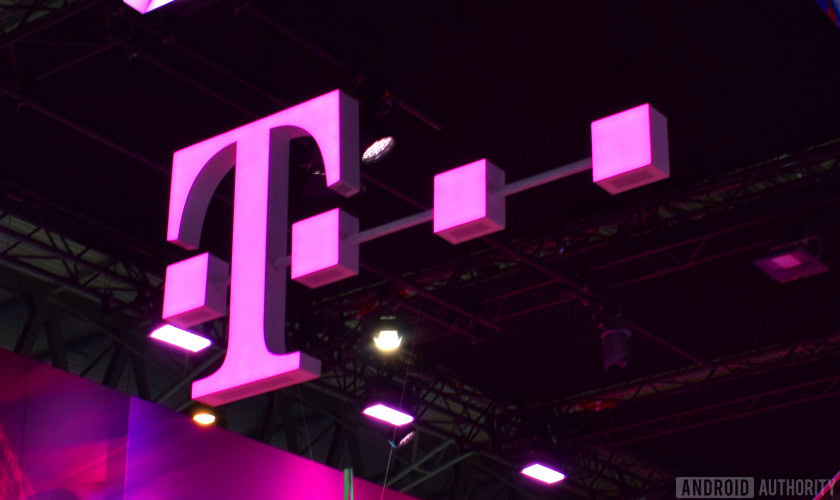
Of the three major wireless carriers, T-Mobile claims only it will have true, nationwide mobile 5G coverage based on industry standards approved by the 3rd Generation Partnership Project (3GPP) conglomerate.
In comparison, Verizon is focusing on a proprietary pre-standards fixed 5G service for the home which initially launched in portions of Houston, Indianapolis, Los Angeles, and Sacramento in October of 2018. It will launch a mobile 5G service sometime later this year though no firm word on that.
Related:
AT&T launched its mobile 5G network to parts of 12 large and mid-sized cities in 2018, but only with a mobile hotspot. It will officially launch its 5G service late in 2019 for consumers According to T-Mobile, AT&T is initially focusing on larger cities now — including Atlanta, Charlotte, Dallas, and so on — and throughout 2019, while T-Mobile seeks to bring 5G connectivity across the nation, even in rural areas. AT&T says it will eventually expand its 5G network once it’s established the service in those 19 cities.
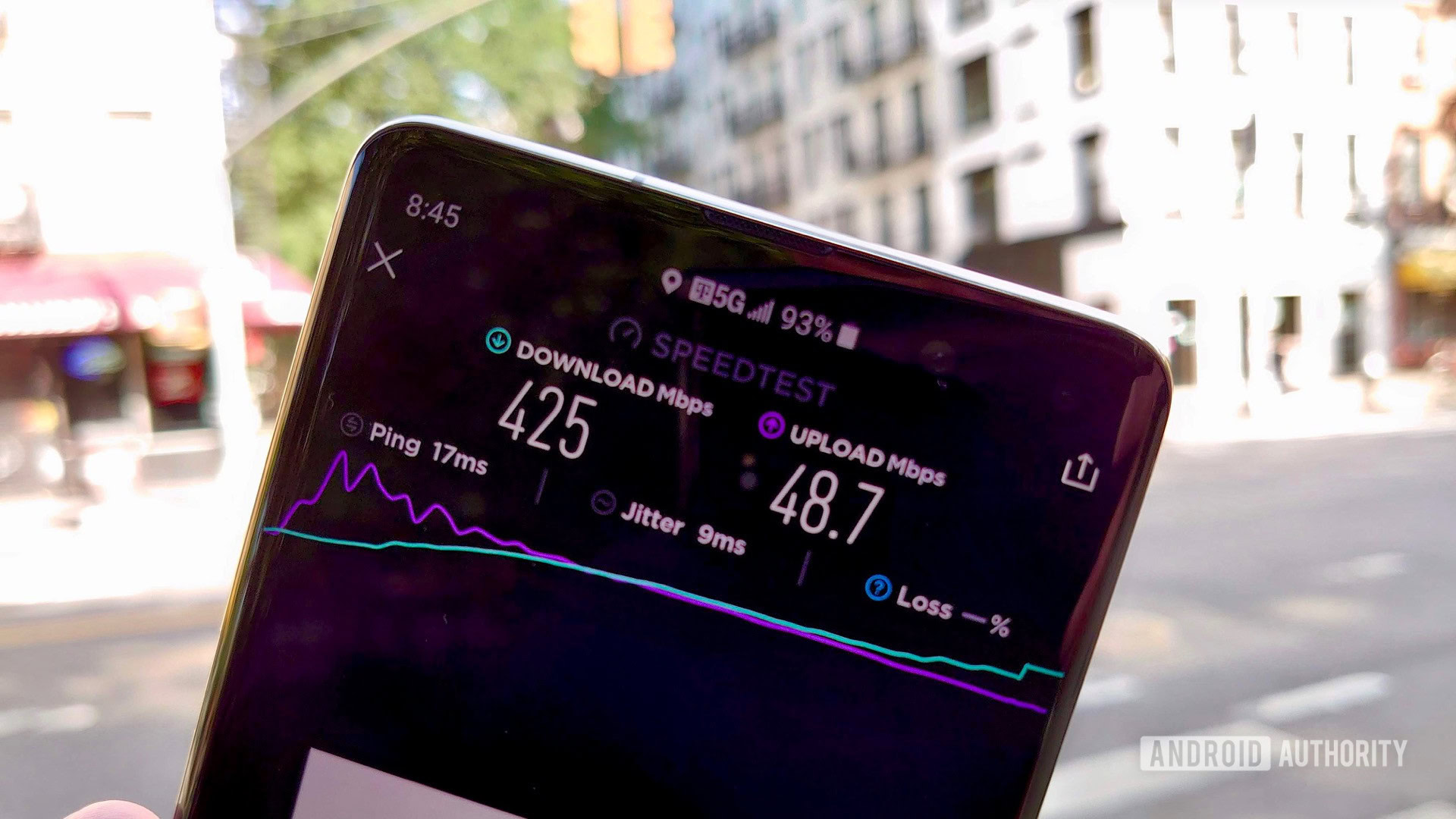
Right now, the plan for T-Mobile 5G is that it will provide both mobile and in-home service. The overall network expansion will take time as TV stations vacate the now-unused channel space that will serve as the backbone for 5G, and as T-Mobile continues to expand its underlying hardware infrastructure across the nation.
Remember, T-Mobile and Sprint are in the process of merging, which will combine both networks to create the nation’s second-largest carrier, simply named T-Mobile (sometimes with “new” tacked on the front), behind Verizon. The merger, as of this writing, has not yet closed, due to lawsuits against it file by Attorneys General of the majority of US states.
“The new company will be able to light up a broad and deep 5G network faster than either company could separately,” T-Mobile boasts in a press release.
“The combined company will have lower costs, greater economies of scale, and the resources to provide U.S. consumers and businesses with lower prices, better quality, unmatched value, and greater competition.”
Here is what we know about T-Mobile 5G and the company’s plan for the next six years.
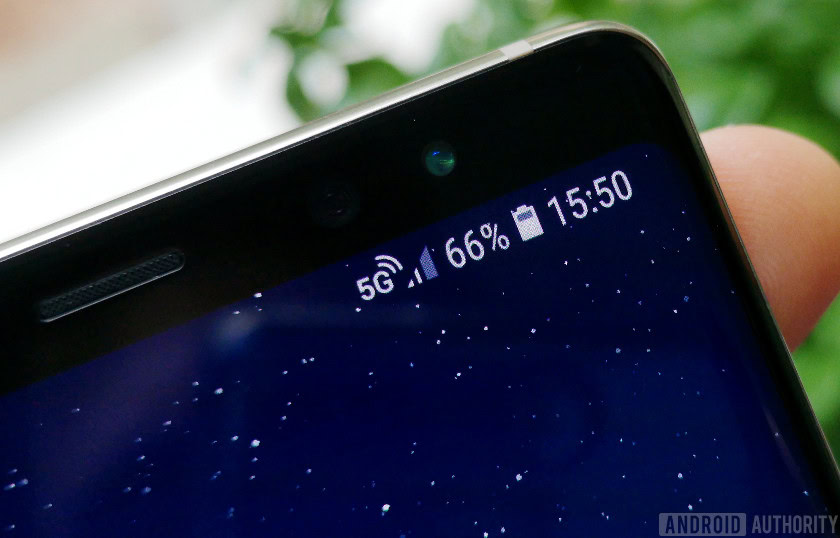
Spectrum
This is the big differentiator between T-Mobile 5G and its two biggest competitors. The typical 5G scenario is to use the high-frequency millimeter wave bands, but there are drawbacks. Millimeter waves can’t easily penetrate buildings and other obstacles, and plants and rain can absorb them.
To solve this problem, carriers are installing small cell networks — like mini base stations — to relay signals captured from their current cellular towers. In turn, these small cells provide short-range millimeter 5G transmissions without any obstacles in the way. If you’re moving through a city, your device will switch from one small cell to another for clear reception.
T-Mobile wants to provide long-range 5G wireless connectivity across the nation. To do this, T-Mobile is using the 600MHz spectrum on LTE Band 71 formerly used by channels 38 to 51 on old-school UHF-based TV. More specifically, T-Mobile will use seven downlink channels (around 5MHz each) between 617MHz and 652MHz, and seven uplink channels (around 5MHz each) between 663MHz and 698MHz. The 600MHz range is considered “low band” and doesn’t use millimeter waves.
For short-range transmissions, the company will rely on millimeter wave bands like AT&T and Verizon. In this case, T-Mobile will use a 200MHz chunk of spectrum in the 28GHz and 39GHz bands, both of which are high-band frequencies. You’ll likely see T-Mobile 5G use these bands in cities and Band 71 in rural areas.
Overall, T-Mobile says it claims 31MHz of the 600MHz spectrum in North America and 50MHz in Puerto Rico. T-Mobile plans to purchase additional spectrum when TV stations vacate those bands and the government puts them up for auction.
Rollout plans
As of September of 2018, T-Mobile has established 600MHz Extended Range LTE connectivity — the backbone of its upcoming 5G service — in more than 1,254 cities and towns across 36 states in North America and Puerto Rico. T-Mobile previously said it will build out its actual 5G service in 30 cities during 2018, and the first customers to actually get 5G service can do so now in parts of Atlanta, Cleveland, Dallas, Las Vegas, Los Angeles, and New York City. T-Mobile has also posted up the 5G coverage area maps for those cities.
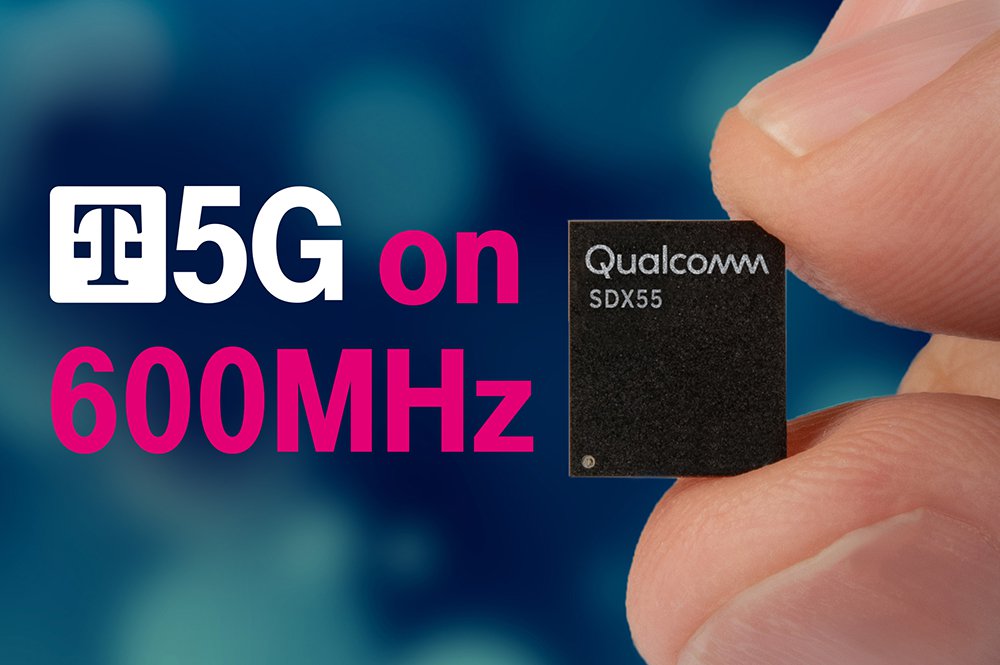
In a recent update to clarify a CNET news story, T-Mobile’s chief technology officer Neville Ray stated that 5G phones that support T-Mobile’s 600MHz spectrum won’t be available until the second half of 2019. On July 11, T-Mobile announced that it had completed the first low-band 5G data session on a commercial 5G modem, using the 600MHz spectrum. The call was made on a test device in a T-Mobile lab, using the Qualcomm Snapdragon X55 5G modem.
T-Mobile stated that its 600MHz 5G network is now available nationwide. It will cover 200 million people in the US.
In a recent post, T-Mobile said that by 2021 its 5G network will cover almost two-thirds of the US population with speeds of at least 100Mbps. According to an interview with T-Mobile President and Chief Operating Officer Mike Sievert, the carrier’s goal is to offer those kinds of speeds to 90 percent of the US population by 2024. The average download speed for T-Mobile customers in that time frame could be even higher, at 450Mbps, according to Sievert, and some areas of the country could see download speeds as fast as 4Gbps on T-Mobile’s network.
You can see the current 600MHz coverage map here.
T-Mobile 5G phones
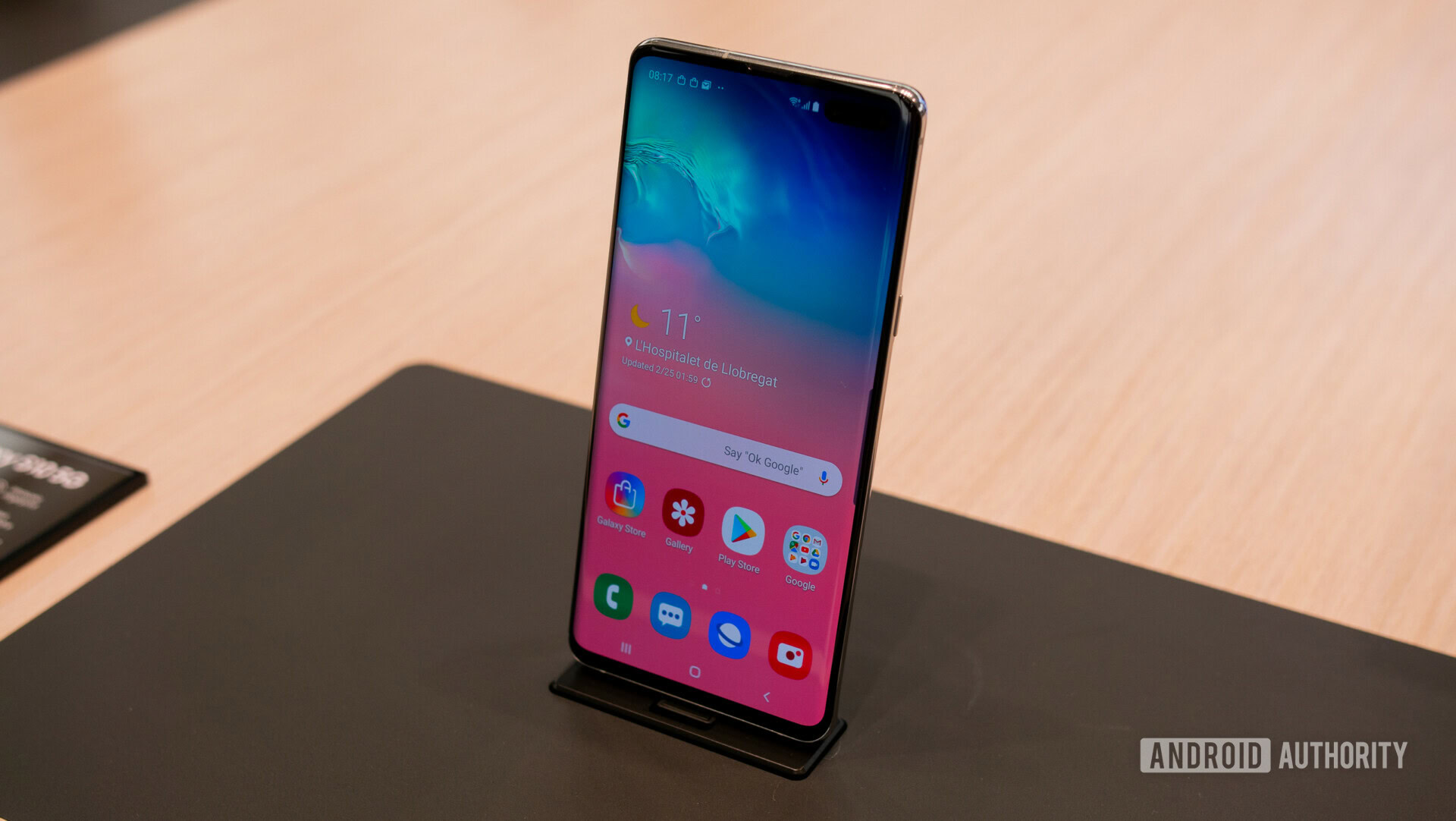
The first T-Mobile 5G phone is the Samsung Galaxy S10 5G. The massive 6.7-inch device is now on sale. The full retail price for the phone is $1299.99, but T-Mobile is also selling the phone on a 24-month payment plan, with a $549.99 down payment, and monthly payments of $31.25.
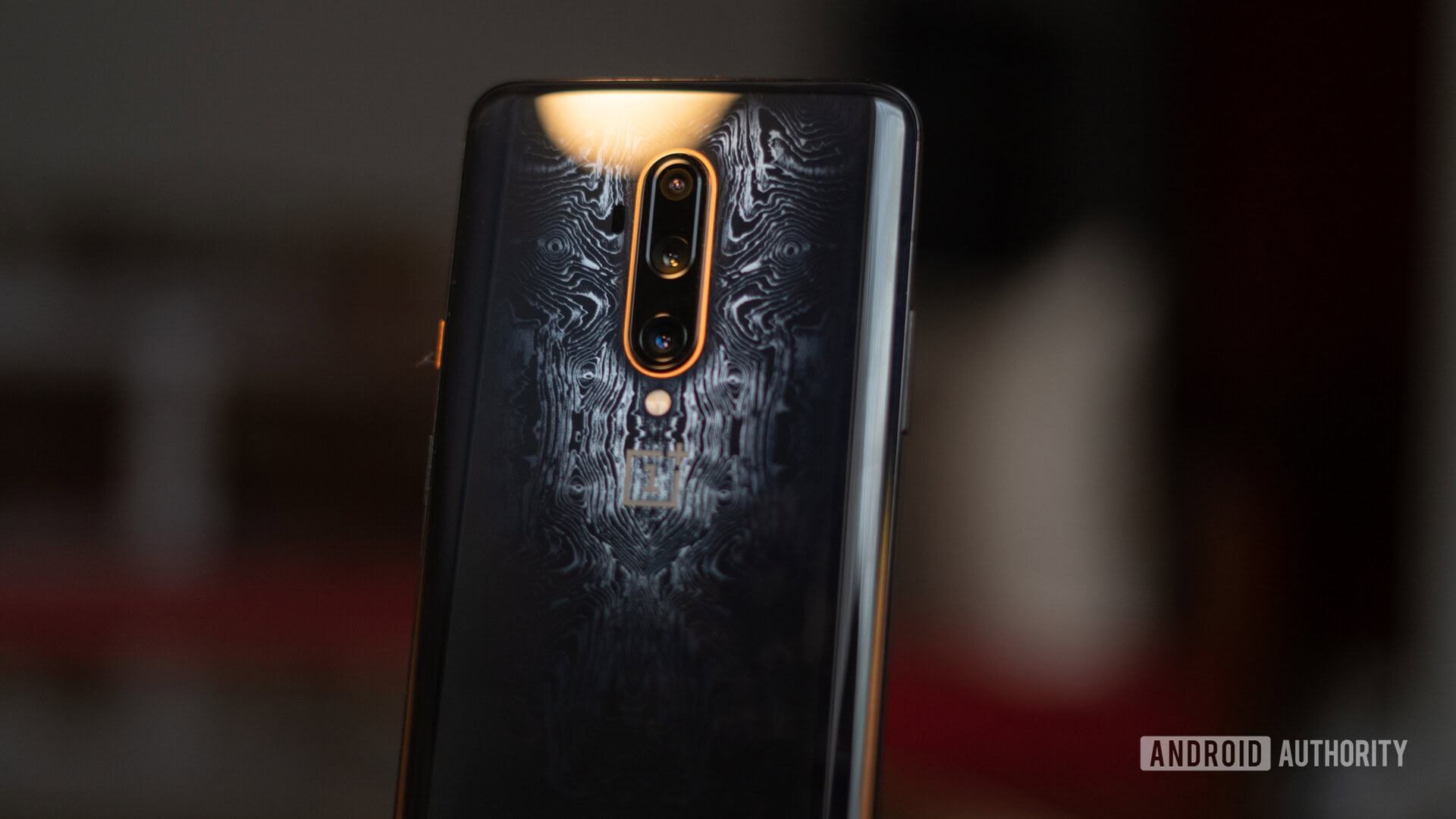
The second T-Mobile 5G phone will be the OnePlus 7T Pro 5G McLaren Edition. This will be a more expensive version of the current OnePlus 7T, with 12GB of RAM and a Warp Charge 30T charger. It’s available for pre-order now, and will go on sale at T-Mobile’ stores on December 6. The full price will be $899, or $37.59 a month for 24 months.
Plans and prices
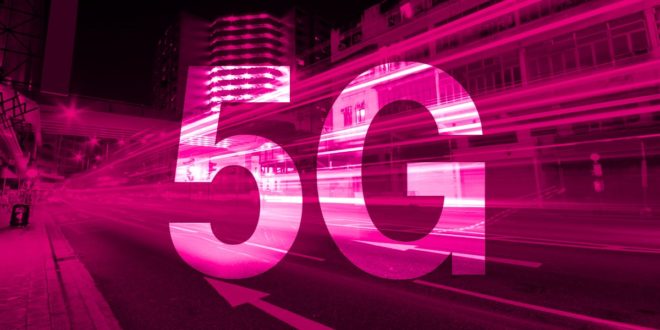
In an interview with PCMag, T-Mobile’s T-Mobile’s chief technology officer Neville Ray says that all of its 5G plans will include unlimited data. In addition, the 5G plans won’t cost more than the carrier’s current unlimited plans. That means the cheapest plan should cost no more than $70 a month for a single line. The 5G plans will also stay the same as T-Mobile’s standard unlimited plans for the next three years, in terms of price.
T-Mobile also plans to offer the first prepaid 5G service under its revamped Metro by T-Mobile brand (formerly MetroPCS) on December 6. Specific plans currently aren’t provided although they may be variants of those introduced in October.
The company also intends to provide in-home broadband service under the New T-Mobile banner to compete with Charter, Comcast, and Verizon. Initially, download speeds will average 100Mbps to over 90 percent of the U.S. population, and over half of all U.S. households will be able to access the service by 2024. T-Mobile expects to sign up 9.5 million users for its Home Internet service by 2024. More specifically, T-Mobile says the service will cover 64 percent of Charter’s territory and 68 percent of Comcast’s territory by 2024.
If a household wants to sign up for T-Mobile Home Internet, they will be shipped a T-Mobile In Home Router, which can be set up by the use with the use of a mobile app. That means no “cable guy” will be installing the service; you will do it yourself.
T-Mobile has launched a pilot program for its Home Network service but using the current 4G network and a 4G home routers. If you are picked to be part of the pilot program, you will the router for free. When the T-Mobile Sprint merger is completed, that router will get an upgrade so it can access the carrier’s 5G network. T-Mobile claims that its lower prices, plus a free router, will save current broadband customers up to$13 billion a year by 2024.
Other things we know
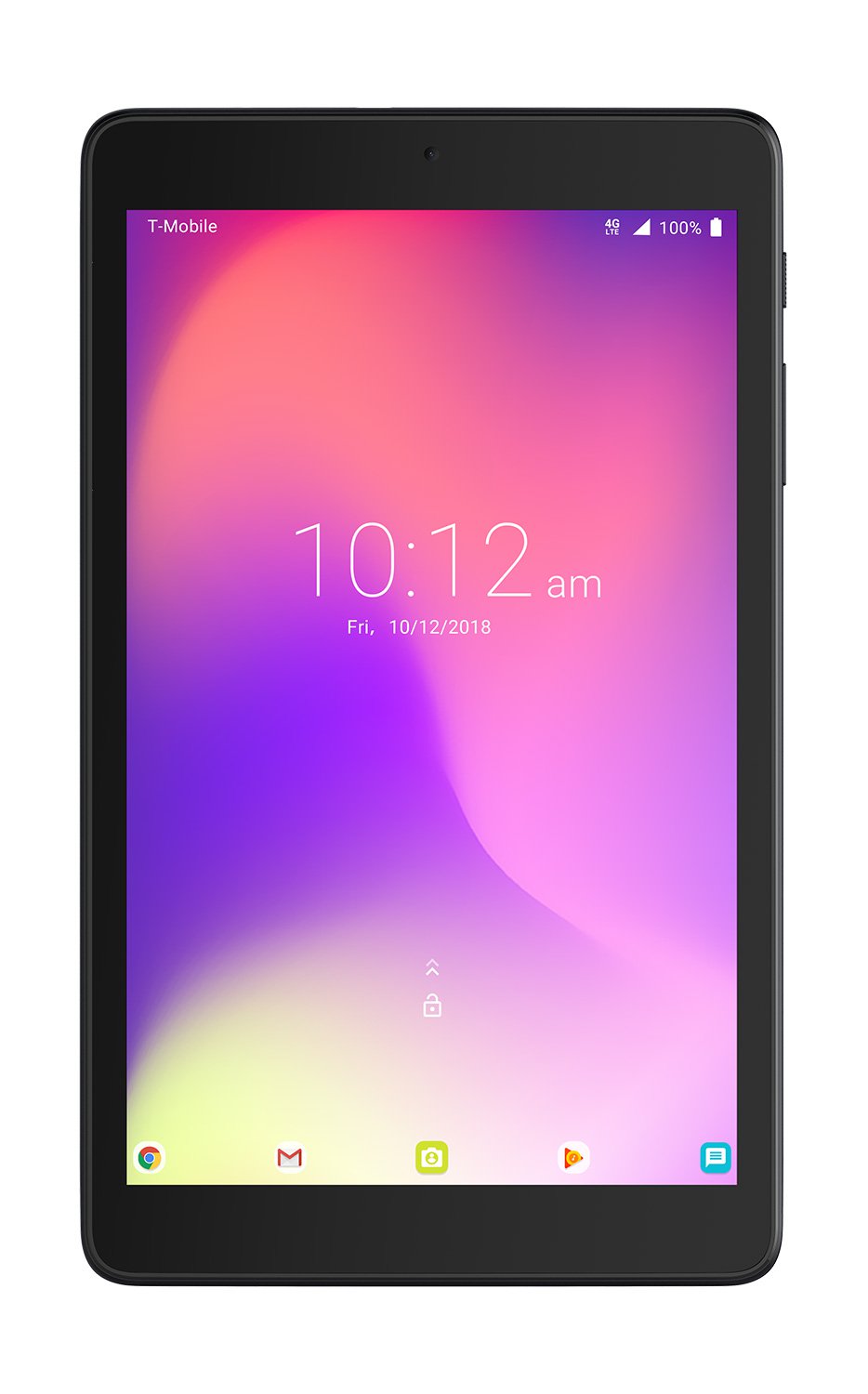
Alcatel’s new 3T 8 is the first tablet to support T-Mobile’s 600MHz spectrum. It sports an 8-inch screen with a 1,280 x 800 resolution, a quad-core processor, a 4,080mAh battery, a 5MP camera on the front, a 5MP camera on the back, and more. It arrived on October 12 for $150, but you can finance the device for $6 down and $6 per month.
T-Mobile’s inked multiple deals to expand its access to the technology and software it needs to further ramp up its 5G operations. In December, T-Mobile’s CTO Neville Ray confirmed that the carrier will sell a currently unnamed 5G phone from Samsung, which will be the same phone that AT&T and Verizon have mentioned they will sell for their networks as well. He added that T-Mobile will also sell multiple unnamed 5G devices from many “OEMs and chipset manufacturers” in 2019 “that will work across multiple spectrum bands”.
In July, T-Mobile signed a $3.5 billion deal with Nokia for access to the Finnish company’s end-to-end 5G technology, software, and services. The deal includes expanding T-Mobile’s network with 600MHz and 28GHz millimeter wave 5G capabilities using Nokia’s AirScale radio platforms, CloudBand software and more.
In September, the company signed multi-year deals with Ericsson and Cisco, as well. The $3.5 billion Ericsson deal will supply T-Mobile with the Swedish company’s latest 5G New Radio (NBR) hardware and software stemming from its 5G Platform, along with digital services solutions. The five-year Cisco deal grants it access to Cisco’s Ultra Virtual Packet Core & Policy solution, which provides network functions as virtual services, so T-Mobile can introduce new services faster and at a reduced cost. Cisco’s technology also lets T-Mobile scale out its network at a faster rate.